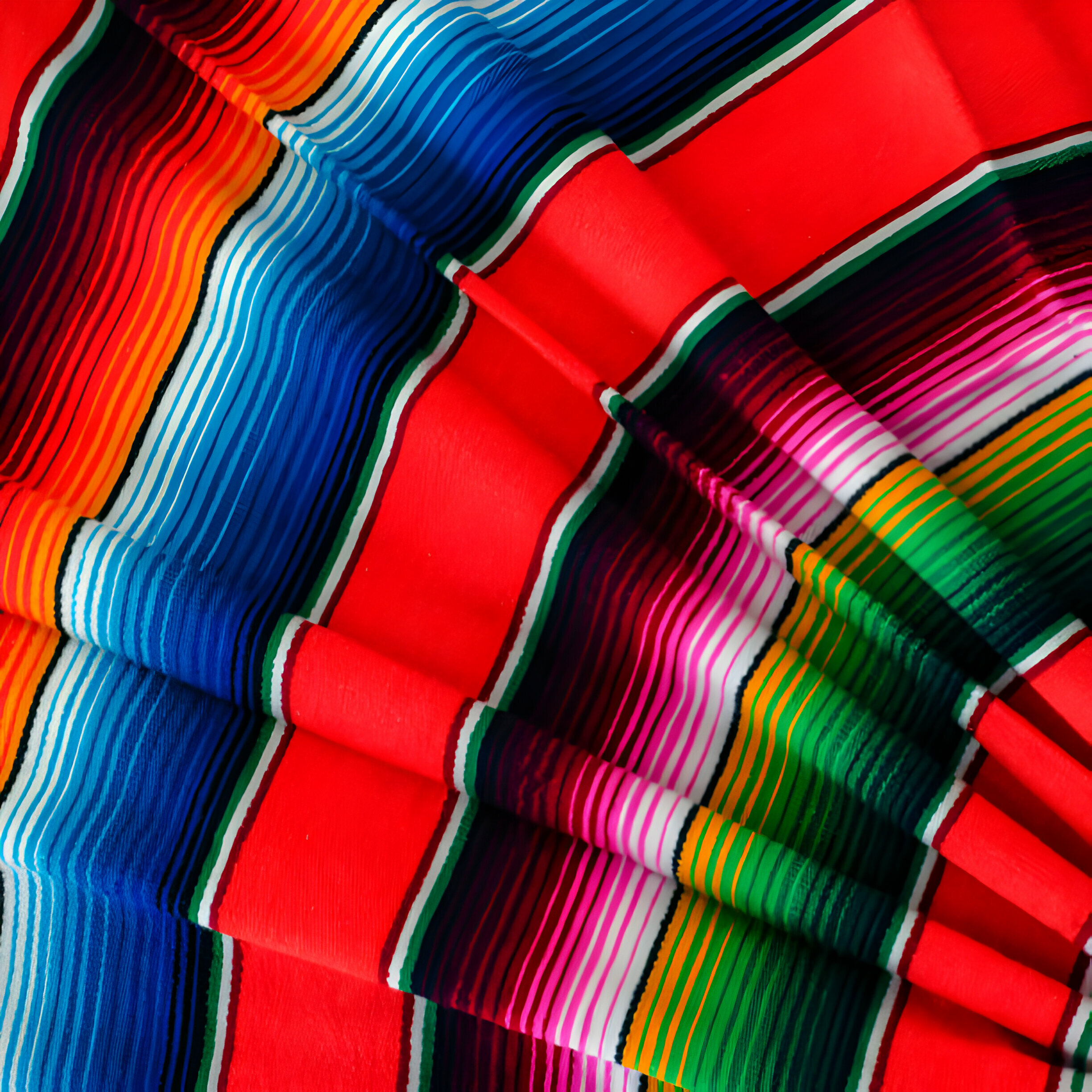Mexican textile art is a colorful tribute to multiculturalism and history. This tradition, inspired by indigenous practices, employs hues and patterns to narrate stories about the universe and society. Exploring this art style illustrates how antique approaches meet modern ingenuity. With each strand, the textiles tell a story about creation, belief, and communal identity. They provide insight into the lives and traditions of anyone who produces them. In our efforts to delve into Mexican textiles, we encounter a world in which each fiber represents timeless cultural expressions. The journey through Mexican textile art demonstrates the blending of the past and present, emphasizing its importance in cultural preservation and creativity.
Historical Overview
Mexican textile art dates back thousands of years, to the pre-Hispanic period. Early civilizations, such as the Maya and Aztec, flourished in textile production, using back-strap looms to weave costumes that represented social position and allegiance. The entry of the Spanish in the sixteenth century brought newer conserving local artistry.
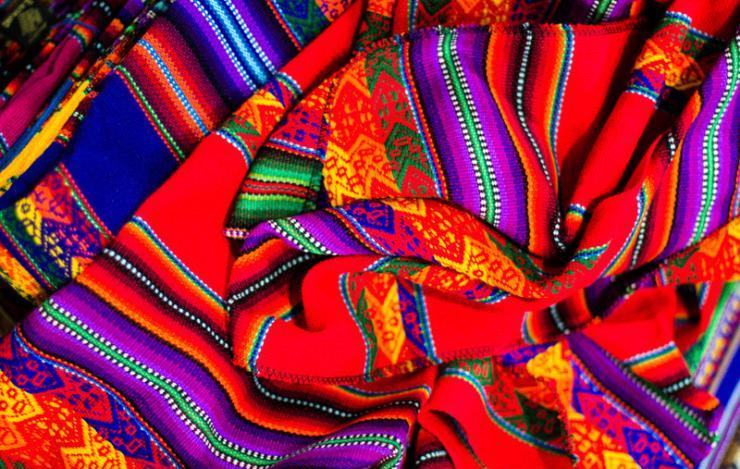
Symbolism and Narratives
Symbolism in Mexican textiles is a window into the soul of its people, encapsulating beliefs, myths, and environmental elements. Patterns and themes differ widely between regions, with each telling its own tale. For example, the elaborate patterns of the huipil, a traditional garment, frequently signify the wearer’s community, family life, and spiritual beliefs, acting as a form of nonverbal communication to bring communities together.
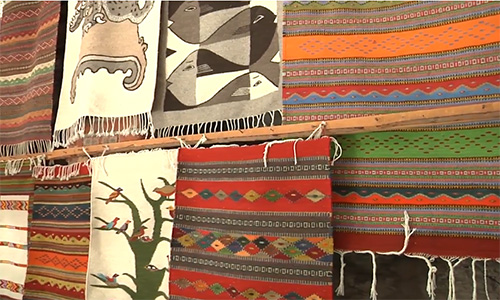
The Weaving Process
Creating a textile is complex and time-consuming procedure that requires devotion and talent. Artisans convey their desires into reality via a range of techniques such as weaving, stitching, and dyeing. Notably, the use of organic colors derived from plants, insects, and minerals has resurfaced, revitalizing traditional techniques and supporting sustainability.

Famous Artists and Contributions
Among the numerous artisans who have served to preserve and improve Mexican textile art, Remedios Varo stood among those incorporating textile components into surrealist paintings. Meanwhile, modernist artists like Francisco Toledo and Graciela Iturbide have made significant contributions to the advancement of textile art by combining old techniques with modern interpretations.
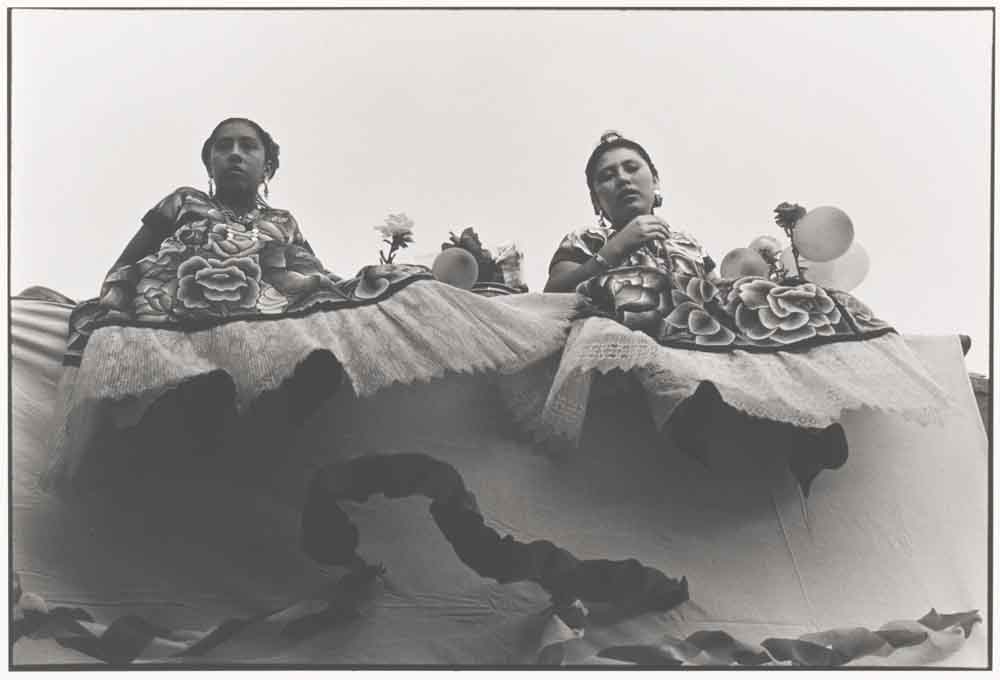
Iconic Textile Artworks
Numerous textiles have become famous for their excellent workmanship and symbolic value. Tenancingo’s rebozos, elaborately woven ikat shawls, and Oaxaca’s bright textiles, famed for their exquisite stitching and dyeing methods, are witnesses to Mexican textile art’s long history.

Contemporary Scene
Nowadays, Mexican textile art is undergoing a revival, with artists and designers seeking creative ways to combine ancient traditions with modern design. This approach maintains cultural heritage while simultaneously supporting communities, promoting economic sustainability and social unity.
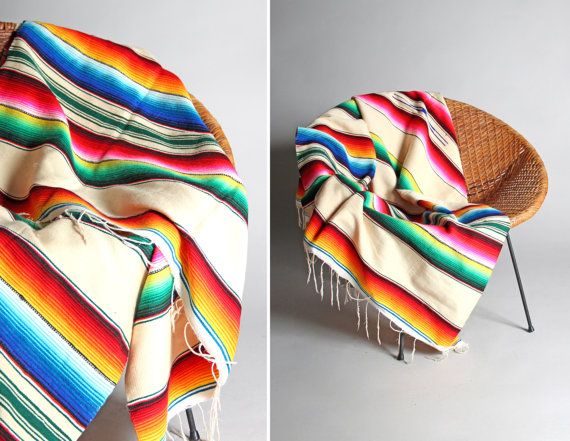
Mexican textile art is a colorful representation of a person’s culture and resilience. It connects the past and present with vibrant threads. This continuous tradition highlights the Mexican people’s inventiveness and energy. With each weaving, artists convey centuries-long stories. The art form grows, combining tradition and contemporary design. It not only safeguards heritage, but also encourages communal sustainability. As we cherish these wonderful fabrics, we absorb historical and inspirational narratives. Mexican tapestry of art.

